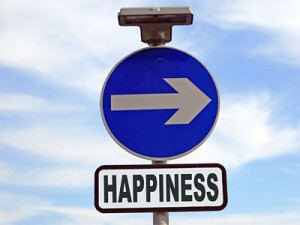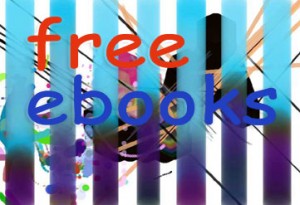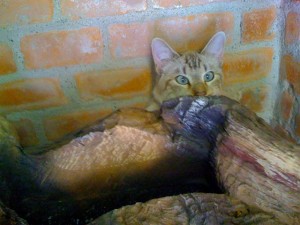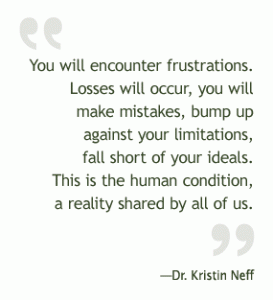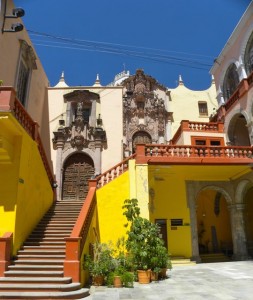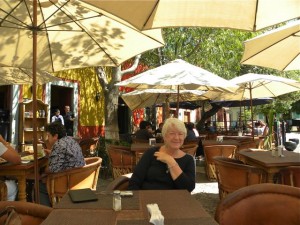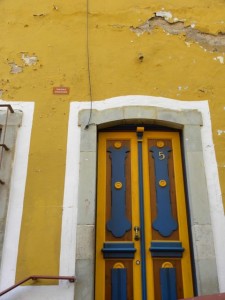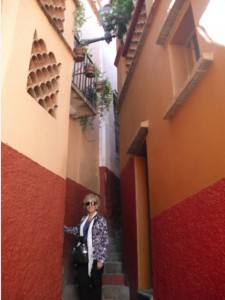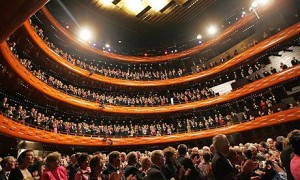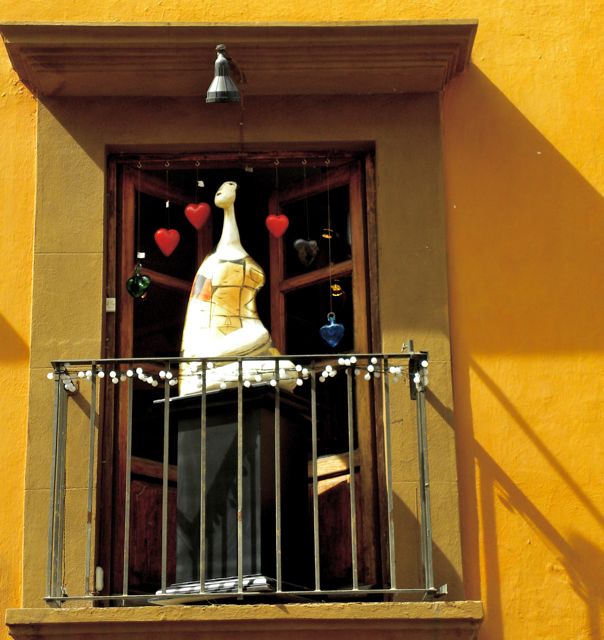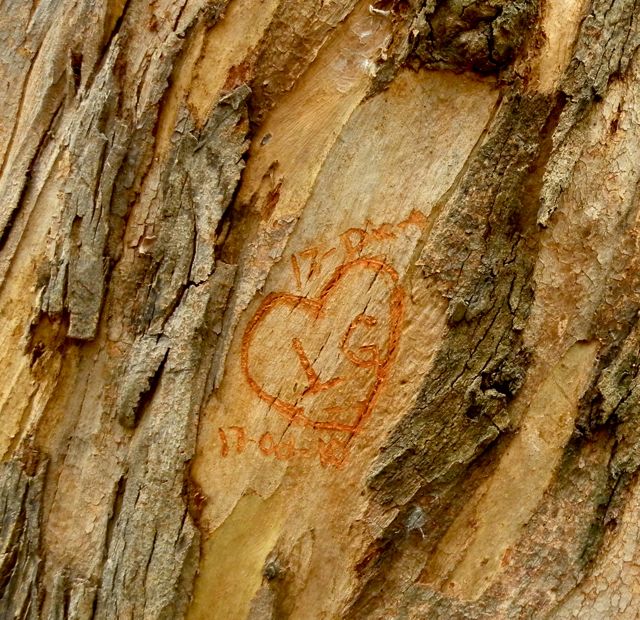
I have wondered how to start up again to craft blog posts when my days are full of work commitments and my own projects and preparing for travels and traveling and engaging with the people and tasks before me and trying to stay in direct touch with the many incredible friends who grace my life.
And then here, a new friend, Sue Aran – whom I’ve met only via email, via an introduction from a mutual friend and hope to encounter this summer in the life she is constructing in France – writes this stunningly beautiful post, and I get to “reblog” it to you. I hope you will visit her site and subscribe, as I aspire to the depth of insight and beauty she shares so graciously.
May you appreciate and enjoy the growth, transformation and waking up to this Time of Your Life!
More soon, with love,
Aysha
Knocking on Heaven’s Door
April 4, 2014 by sue
Read the original at: http://lestroisamies.wordpress.com/2014/04/04/knocking-on-heavens-door/#comment-441
“You can cut all of the flowers, but you cannot stop spring from coming.” ~ Pablo Neruda
Last week the Vent d’Autun winds swept through southern Gascony stirring up portentous changes. Like the infamous Mistral winds in Provence, they can make you crazy. I found myself poised on a roller coaster dreading the inevitable drop, an existential free fall though doors of chaos, at once on top of the world and overwhelmed by the moment. For days I felt like I was hovering in the eye of a storm…until I let go. While looking for the meaning of life, I rediscovered the joy of being alive. Thich Nhat Hanh says, “Letting go gives us freedom and freedom is the only condition for happiness.”
The beginning of spring has unleashed a whirlwind of transformation, a turning point in the complex landscape of life. Even the heavens are conspiring against us this month with a rare combination of 2 eclipses – a lunar eclipse on April 15th (which will only be seen in North America) and a solar eclipse on April 29th (which will only be seen in Australia) – and, a powerful alignment of stars celled a Cardinal Grand Cross. We will be given many choices – to stay stuck or grow, resist or surrender, stay asleep or wake up.
The Buddha says that everything dear to us causes pain. Everything dear to us changes. Every experience is a door that can open your heart, as every door is an entry to somewhere else. The older I get the more I’m getting used to losses, the more I’m reminded that our lives are precious. It’s not that there’s so little time, it’s that we waste so much of it.
We all have the ability to transform the trials of our lives into revelations, our pain into growth. In doing so, our lives become our practice. In the Iliad, Homer said that the gods envy us because we’re human, because any moment may be our last, because we will never be here again.
After knocking on heaven’s door
the sea of life set me adrift
and I turned like a boat on a river
without oars.
The winds of change
blew me off course
until I surrendered
brimming with wonder
on to the other shore.





